 Priya Pasumarthy
Priya Pasumarthy
Author | Health Care Provider
(In this article abbreviation – A & B(s) is used for Attitude and Belief(s), ASD for Autism Spectrum Disorder)
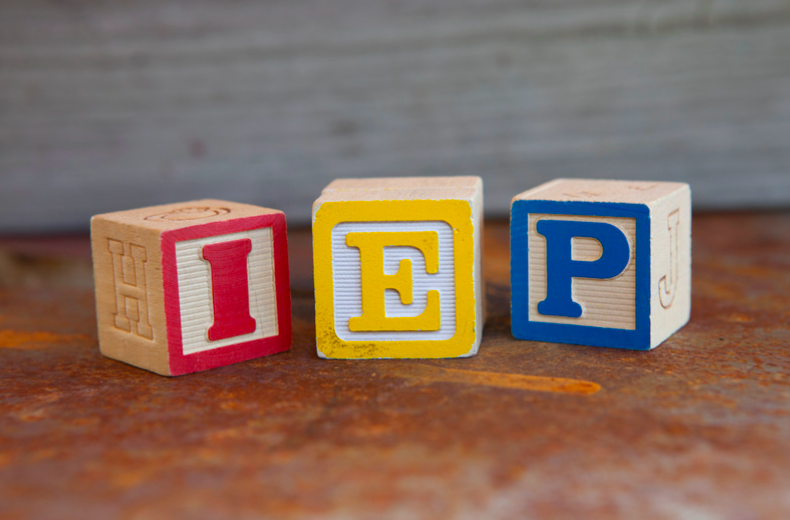 Attitude & Belief(s) from various stakeholders in the Individualized Education Program (IEP) team can have a massive impact on the IEPs. The A & B(s) manifestations are quite insignificant initially as these are invisible. With time it gets inherited from one tier to the other and gets carried to gain power incrementally. Later upon reflection, this A & B(s) was square 1 along with other factors. Becoming aware – of their existence and their mechanisms in the IEPs will be significant for IEP implementations. Thus A & B(s) play a pivotal role in IEPs. Positive A & B(s) from team members( parents, teachers, Director and therapists etc.) would reflect as skills acquisitions and growth while Negative ones can cause slow-limited gains in the IEPs, unless these dynamics are changed.
Attitude & Belief(s) from various stakeholders in the Individualized Education Program (IEP) team can have a massive impact on the IEPs. The A & B(s) manifestations are quite insignificant initially as these are invisible. With time it gets inherited from one tier to the other and gets carried to gain power incrementally. Later upon reflection, this A & B(s) was square 1 along with other factors. Becoming aware – of their existence and their mechanisms in the IEPs will be significant for IEP implementations. Thus A & B(s) play a pivotal role in IEPs. Positive A & B(s) from team members( parents, teachers, Director and therapists etc.) would reflect as skills acquisitions and growth while Negative ones can cause slow-limited gains in the IEPs, unless these dynamics are changed.
This article hopes to be helpful in parental advocacies and will be covering how the A & B(s) is inherited from tier to tier and gain power over time which can impact IEPs either way in an analytical style. We will be discussing the possible ways to shift the A & B(s) to Positive.
Here we will also be borrowing the ideologies of Bronfenbrenner’s Developmental model(1979). (As per Bronfenbrenner’s Developmental model, an individual’s growth is influenced by his/her interactions with various aspects and spheres of their environment). Upon exploration, these dynamics would be the same for IEPs as well. In this model, as the child is in the center, the schools/other stakeholders fall under the microsystem. The stakeholders’ A&B(s) contribute to the growth & development of the child from this level. The Positive ones are reflected as growth and skills acquisition while the Negative ones are slow to limited growth.
ASD is a broad range of conditions characterized by difficulties in speech, social skills, repetitive behaviors, and nonverbal communication. According to the CDC ASD affects 1 in 44 children. Usually by 2 or 3 years of age autistic symptoms are more visible. One can get their kid diagnosed privately or at the school district upon the visible delays. Post the referral and consent the process of evaluation begins by a team of members which is finished in a time frame of 60days.
The IEP team comprises the student, parents, class teacher, therapists, BCBA, psychologist, other specialists,s and special-Ed director. The commonly used battery assessments are BASC, WISC -3, SFA, interviews and Psychoeducational, etc. This is where the A & B(s) of various stakeholders start to flow in and get contributed while the IEP development is underway. The quality of an IEP also falls under the competence and expertise of its team members.
It might not be intentional or otherwise. Some evaluators may not be for inclusion and some might disagree with certain implementations of supports or accommodations. Another important aspect to be noted is that the view of autism is currently only shifting from a medical to a social model. Although in its early phases the latency of the former views continues. This means the core of IEP might be of a sympathetic tone. If the A& B(s)of the team members align with the parental views it would lead to student skills acquisition and other gains.
Usually, this is not the scenario, each stakeholder’s A&B(s) don’t align with the parental views; which can cause discrepancies that affect the areas of student’ gains. More or less the former IEP template in place would be implemented. Let’s visit this IEP a year later with changes in the team, such as including a new teacher or a therapist; they would continue to implement the template in place with an add-on. As time passes this is how A & B(s) get carried from tier to tier and gaps grow incrementally. The mechanics continue and slowly the negative A& B(s) are conspicuous which would reflect as complaints due to the lack of support, lack of accommodations, child’s social-emotional issues and thus leading to ‘not a proper placement’ etc. and this would need a reset which can be mutually frustrating and confusing.
This is where parents need to go down deeper to change one too many factors constructively. Parents need to do their assignment starting by understanding the diagnosis, and its effect on the family this way they can be better equipped. The next phase would be in having a strong grasp of IEP, 504 plan, ADA, terminologies, Laws, Rights, violations, LRE, and the IEP dynamics which would help in advocacy. Fortunately, there are a number of organizations and resources that can help parents get enriched and prepare for the IEP. When better equipped this would stave off the unfamiliarity and its secondary effects. Still, parents are not happy with the progress of IEP. At that point, they can hire a special needs advocate and if or when needed a special needs attorney. Pros are the quality builds up and cons are often their services are stressful and expensive.
Let’s look at the possible ways to shift the A&B(s) to positive. It all needs an out-of-the-box thinker, seeker, and a perseverating mind. Becoming aware of the existence of A& B(s) and their dynamics on the IEPs will be the starting point. From there on parents need to work collaboratively with the team. One can ask for the draft IEP in advance and share input in advance. Make sure the goals are SMART(specific, measurable, attainable, results-oriented, and time-bound). The next steps will be to look at the FAPE offered is complete with accommodations along with the offer of services. This wise a compliant strength-based IEP needs to be created. Parents need to be aware of the fact that they can take time to go through the IEP and not have to consent to implementations right away. They can reconvene for more meetings if needed. Follow up regularly with the team while being flexible and smart. Applauding the team and their efforts would lead to a lasting partnership.
Thus, we can see the Power of A&B(s) on IEPs and how they can have enormous effects both positively and negatively on the quality of the IEP. Becoming aware of the power of A&B(s) will be the starting point. Then a deeper understanding of the dynamics of how they work and how it gets carried over time would be pivotal. From here parents need to have a thorough grasp of IEP, 504 plan, ADA, terminologies, Laws, their Rights, violations, LRE, and the IEP dynamics which would help in advocacy. If and when strength-based compliant IEP is implemented this leads to skills acquisitions and growth in the IEP is the whole point.
On an ending note, sustaining the true spirit of an IEP falls on the shoulders of both parents and the schools. All stakeholders should ensure that every step taken is in that direction.
 About Priya Pasumarthy
About Priya Pasumarthy
Priya Pasumarthy is an author and a health care provider. She holds a Master of Science degree in Marine Biology. She lives with her family in California. She loves adventures; so far, her favorites include bungy jumping in New Zealand and hiking the Hverfjall Volcano in Iceland. Her hobbies include cooking, shopping, reading, writing, watching films, and horseback riding.
View all posts by Priya Pasumarthy here.


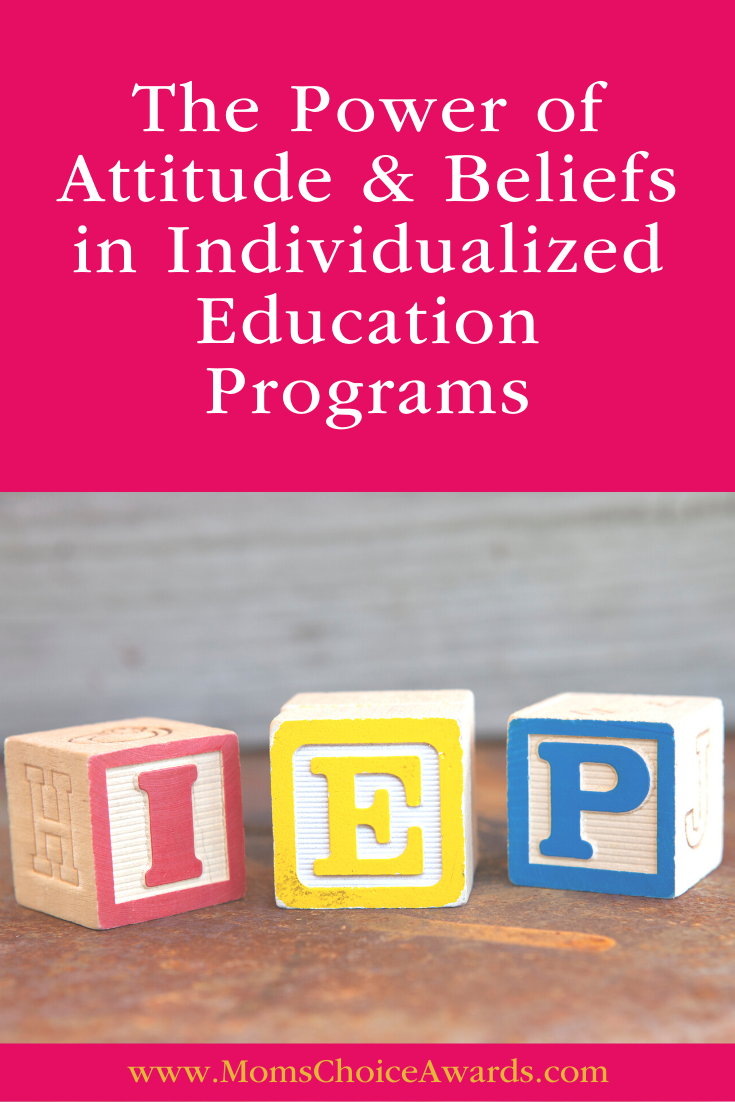
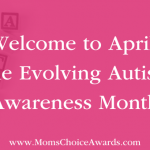
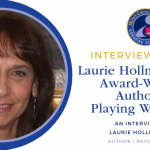
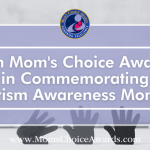
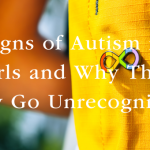
One Comment on “The Power of Attitude & Beliefs in Individualized Education Programs”
The mechanics continue, and the negative A&B(s) become increasingly obvious as complaints about a lack of support, a lack of accommodations, a child’s social-emotional issues, etc., leading to a determination that the child is “not in a proper placement,” which in turn necessitates a reset that can be frustrating and perplexing for everyone involved.